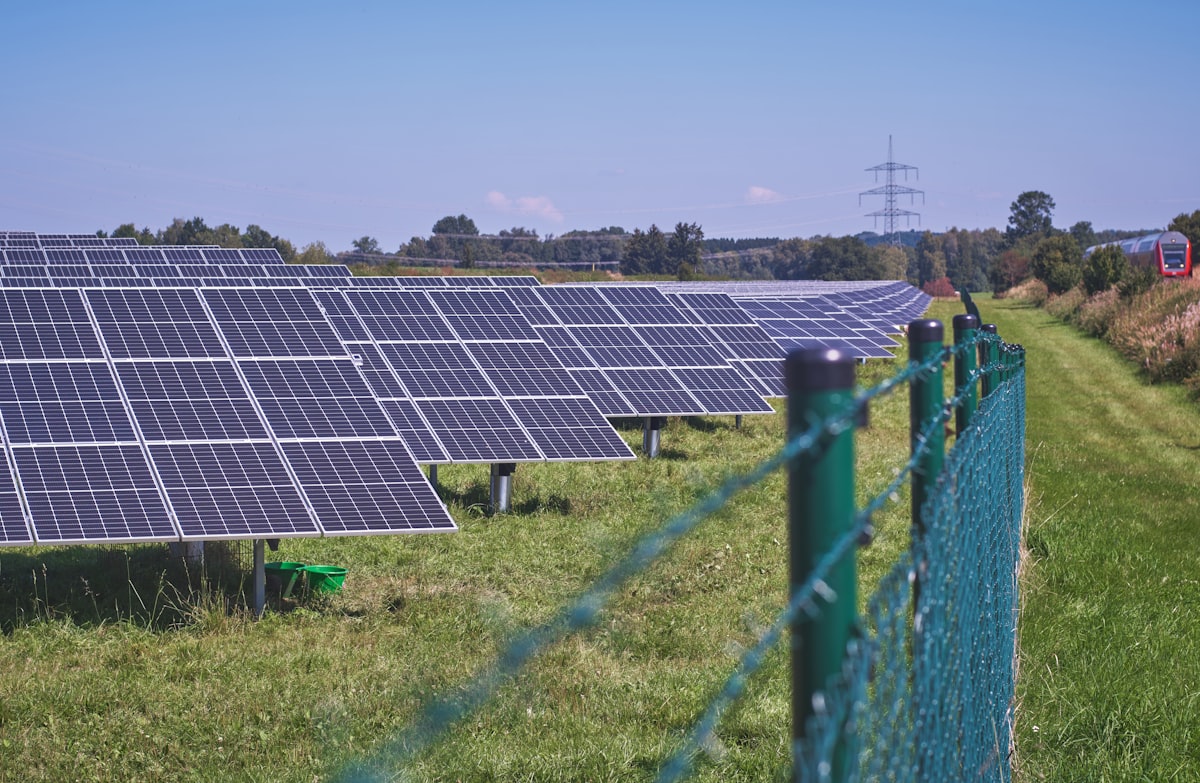Solar cells can be classified into several categories based on their materials, structure, and manufacturing techniques. Here are some common classifications of solar cells:
- Crystalline Silicon Solar Cells: These are the most widely used solar cells and are made from crystalline silicon, which can be either monocrystalline or multi-crystalline. Monocrystalline silicon cells have a uniform crystal structure, while multi-crystalline (also known as polycrystalline) silicon cells consist of multiple crystals. They are highly efficient and durable.

- Thin-Film Solar Cells: Thin-film solar cells are made by depositing one or more thin layers of semiconductor materials onto a substrate, such as glass, plastic, or metal. The common types of thin-film solar cells include amorphous silicon (a-Si), cadmium telluride (CdTe), copper indium gallium selenide (CIGS), and organic photovoltaic (OPV) cells. Thin-film cells are flexible, lightweight, and less expensive to manufacture but generally have lower efficiency compared to crystalline silicon cells.

- Multi-Junction Solar Cells: Multi-junction solar cells consist of multiple semiconductor layers with varying bandgaps to capture a broader range of the solar spectrum. These cells are often used in concentrated photovoltaic (CPV) systems where lenses or mirrors concentrate sunlight onto the solar cell. Multi-junction cells are highly efficient but are primarily used in specialized applications due to their complexity and cost.

- Dye-Sensitized Solar Cells (DSSC): DSSCs are a type of thin-film solar cell that uses a layer of organic dye to capture sunlight. The dye absorbs photons and releases electrons, which are then collected to generate electricity. DSSCs are relatively inexpensive and can work efficiently even under low-light conditions, but their long-term stability is still being improved.

- Perovskite Solar Cells: Perovskite solar cells are a rapidly developing technology that uses a thin layer of perovskite material as the light-absorbing layer. Perovskite cells have shown high-efficiency potential and can be manufactured using low-cost processes, but they face challenges related to stability and durability.

- Tandem Solar Cells: Tandem solar cells combine different materials with complementary absorption properties in multiple stacked layers to achieve higher efficiency. For example, a tandem cell may consist of a top layer of perovskite material and a bottom layer of crystalline silicon. Tandem cells have the potential to surpass the efficiency limits of single-junction cells but are still in the research and development stage.

These are just a few examples of solar cell classifications, and there may be other emerging technologies and variations within these categories. The choice of solar cell type depends on factors such as efficiency requirements, cost considerations, application, and the specific characteristics of the installation site.











